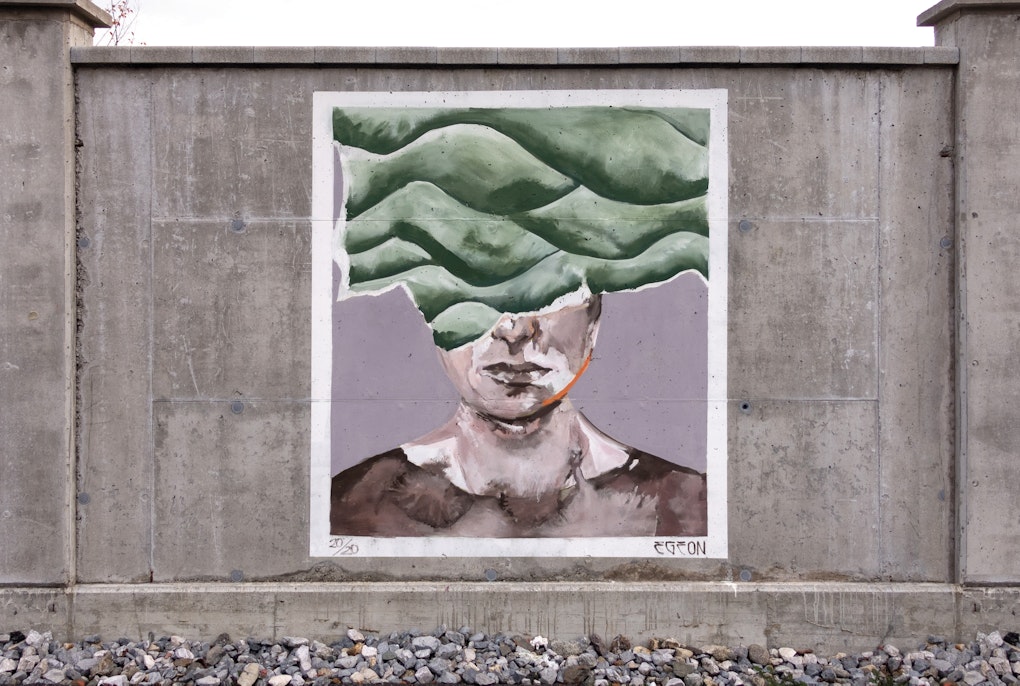
Edipo siamo noi: Warum wir aufhören müssen, uns als Krönung der Schöpfung zu betrachten





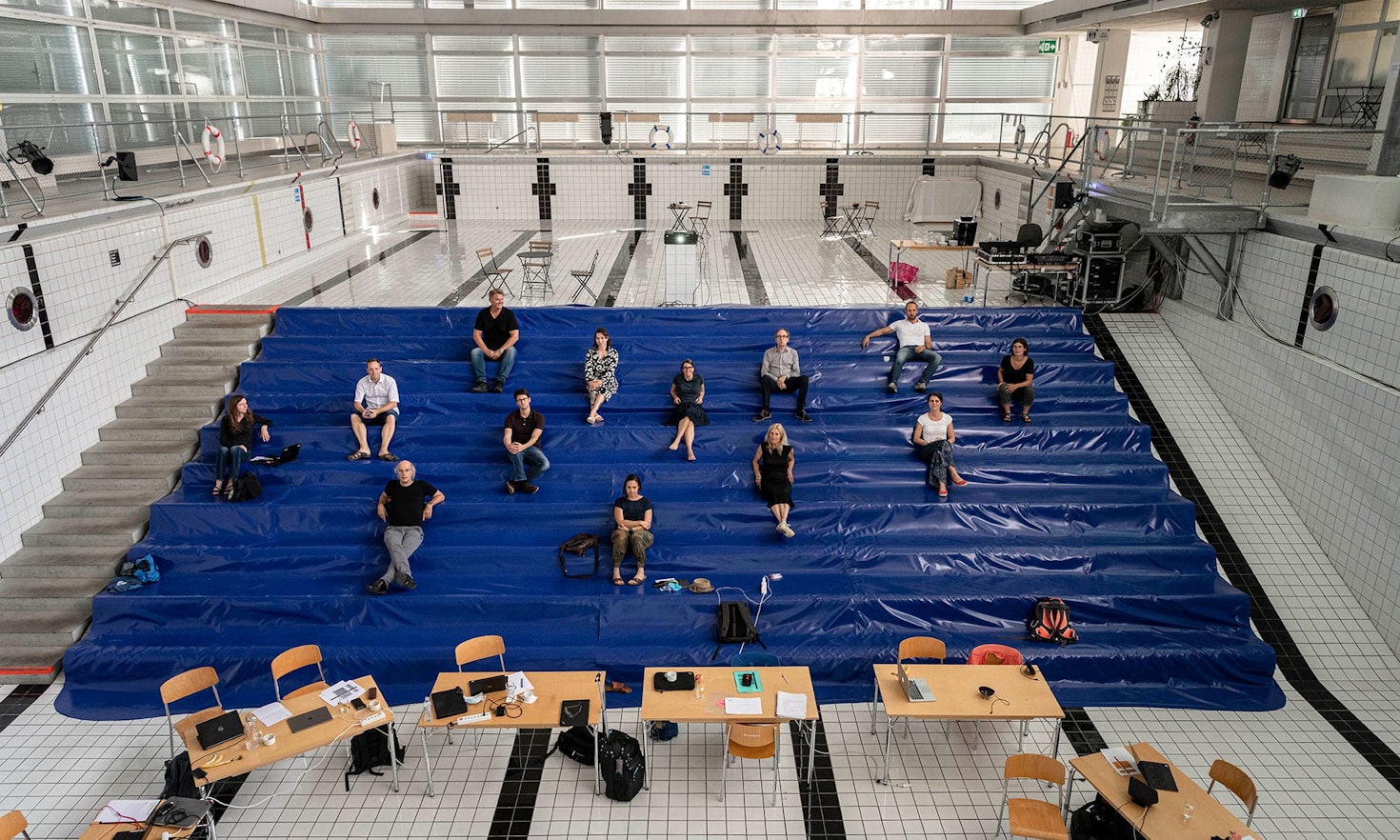
Design is more than nice chairs. Sabine Junginger, Professor of Design and Management at the Lucerne University of Applied Sciences and Arts, discusses design in public administration, why it's essential to ask stupid questions, and her "abnormal" CV. She recently spoke at the workshop "Fit for the Future with Design" hosted by the Center for Advanced Studies of Eurac Research and the Faculty of Design and Arts of the Free University of Bolzano.
Eurac Research: Prof. Junginger, If one asks different people what they associate with design, the answers range from expensive living room furniture to the interior of public transport buses. So, what else can design do?
Sabine Junginger: I work with human-centred design, a humanistic approach based on the assumption that it is part of human nature to create. Whether in the cave or the industrial age, people have always shaped their environment. The questions always remain the same: How do we live? How do we want to live? And how do we get there? Considering the multiple crises of our time, especially the climate crisis, we are somewhat obliged to design or redesign. Design is primarily about someone having an idea of how something that didn't exist before could come into being. Therefore, just as the Harbour Bridge in Sydney and the living room furniture you mentioned are design, so, too, are organisations, services or policies. People are reflecting, identifying criteria, and discovering, inventing or using materials to give form to thoughts and to implement them materially or − as in the case of services − immaterially.
Public administration is not exactly known for its innovative spirit or flexibility. Is this a false impression? After all, many of your projects fall under this umbrella.
Junginger: The interesting thing in public administration is that although the people who work there would probably not necessarily see themselves as designers, we can see very quickly who designs, that is, who creates. Maybe they have just drafted a new document or introduced a service. As researchers, we are interested in which design options are already known and used. It often turns out that only certain design actions and specific thinking are supported, especially in management. Unfortunately, people in the field have worked according to the cookie-cutter principle for far too long.
You’ll have to explain that in more detail.
Junginger: Well, there were management gurus who said: "If you want to change this organisation, you have to do A, B, C, D, E". So then one would implement A, B, C, D, E and wonder why it had no effect. Because the cookie-cutter principle doesn't apply. When we accompany organisations, we have to make sure that the people working there learn and adapt the design methods to suit their own situation. If you want to involve people and let them design independently, you don't start on Monday and finish in two weeks on Friday. After all, we are dealing with change. With cultural change. With structural change. With behaviour. It's a long process that we can support from a design perspective. For example, we are the official partners for the digital transformation of the municipality of Emmen in the canton of Lucerne. This cooperation has been going on for several years now.
Especially in administration in German-speaking countries, we observe a lack of a positive error culture. This constant fear of making mistakes is related to people being trained to confirm their position and role in an organisation.
Sabine Junginger
Getting people to change their lifestyles is difficult and tedious. So is changing organisational structures. What is the most significant hurdle you see when applying design approaches at public administration or management level?
Junginger: The most significant hurdles are people's fear of contact with new methods. This might sound like a stereotype, but especially in administration in German-speaking countries, we observe a lack of a positive error culture. This constant fear of making mistakes is related to people being trained to confirm their position and role in an organisation. They don't want to show themselves up. As a designer, that's the first thing you do. You dare to ask stupid questions. This scrutinising attitude has been lost in many institutions because people either accept things as the way they've always been done or don’t dare to question something because it might show that they might not know something. It is not an easy task to encourage people to try out new ideas and experiment without dismissing it as madness.
Isn't madness the perfect way to start a brainstorming session?
Junginger: I don't want to give the impression that designers are nuts because it is often perceived that way. People turn to design when they have a problem they can't overcome. Then they say, "Let's go to the crazy designers. They'll fix it." Of course, design allows itself to be crazy to come up with new ideas that wouldn’t have been conceivable in any other framework. The first draft might seem weird, yes. But if you break this idea down, something at the core may lead to the next goal. Design creates grey areas where several directions are open. It's important to establish criteria for each direction taken, so that at the end of a design process you have a clear picture of how you got there. In my research, I often see that a product doesn’t produce the result it was designed for. Then you have to start questioning. Did we misidentify the problem? Did we use the wrong material? Did we bypass the target group?
The fact that planning bypasses the target group, especially the citizens, is a point of criticism that is not uncommon in governance and management.
Junginger: If you only use your own thinking and living environment to design, it can either work well or not. I worked with my students on a project with an employment agency a few years ago. It soon became apparent that the lifeworld of the people who are trained to advise others is quite different from the lifeworld of their clients. So, I took the liberty of going to the academic counselling service and found out that I had what was considered an abnormal CV.
Was there any explanation given as to why this was the impression?
Junginger: I didn't take that any further. However, the counsellor herself had no experience of working conditions in academia and she didn’t realise how precarious the working situations often are. Academics have to jump from one project to another and their contracts are usually linked to the duration of these projects. But, the agency's counsellors were very good at creating a pleasant atmosphere for the job seekers within minutes. An incredible amount of information was exchanged in that short time. But then a screen was brought up, followed by a protocol that had to be worked through, and that was the end of the flow of information. This is what we call deterministic design, with a clearly defined process and few possibilities to take an alternative turn. The students have developed ideas for emergent design − design that is open-ended, allows job seekers to better voice their aspirations, and counsellors to keep the conversation going, use a whiteboard or cloud technology to pick up on strengths and interests, and to contribute their expertise.
You first worked in journalism and corporate communications. Why did you switch to design?
Junginger: I've always had an affinity for design and even wanted to study fashion design. I became a journalist instead and went to the US. If I want to convey something in a text, I first have to try to understand what it is about, just like in design. Later I switched to corporate communications and then had the opportunity to join the team of Herbert Schultes (former chief designer of Siemens and one of the most renowned industrial designers in Europe, editor's note) at Siemens, first as a student trainee, then as a freelancer. We were the first to put corporate guidelines on a CD-ROM. Before that, they only existed in fat ring binders on the management's desks − in other words, not where they would be of any use. My work was all about user testing and user research, making sure that this CD-ROM could be read by those who would be working with it. During this time, we also experimented a lot with the potential of the internet for a company like Siemens.
Unfortunately, this opportunity to experiment seems to crumble away in our bureaucratised structures.
Junginger: That’s why the value of design research cannot be underestimated. Public administration doesn’t have the time to experiment, and it’s difficult even in companies. In design research, we have more opportunities to try things out. Then we can provide our research experience to others.
Sabine Junginger heads the Competence Centre for Design and Management at the Lucerne University of Applied Sciences and Arts – Art and Design and is an expert on the principles, methods, and processes of human-centred design. Her academic work draws on her previous careers in journalism, marketing, and public relations: before pursuing communication planning and information design at the renowned School of Design at Carnegie Mellon University, she worked as a journalist in print media, with Designworks/USA, a BMW company in Newbury Park, California; Siemens Corporate Design in Munich; and with the German American Trade Center in Atlanta.

This content is licensed under a Creative Commons Attribution 4.0 International license except for third-party materials or where otherwise noted.







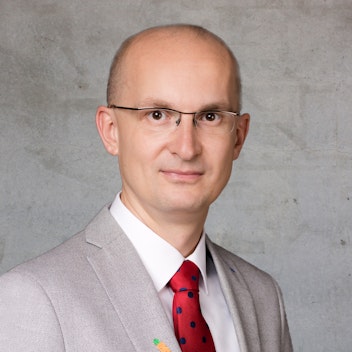 Bartosz Stefan Michalski
Bartosz Stefan Michalski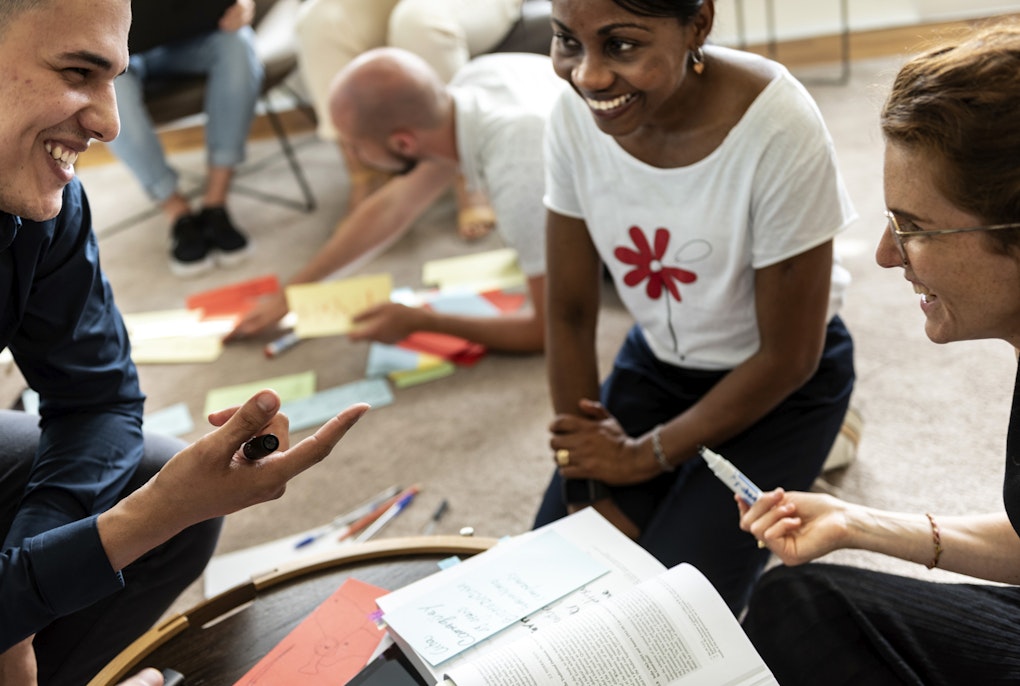
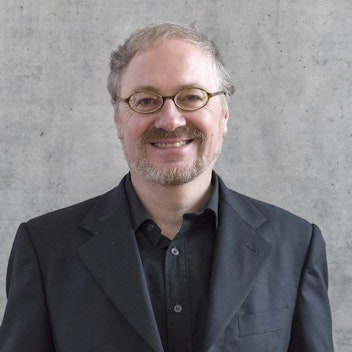 Roland Benedikter
Roland Benedikter